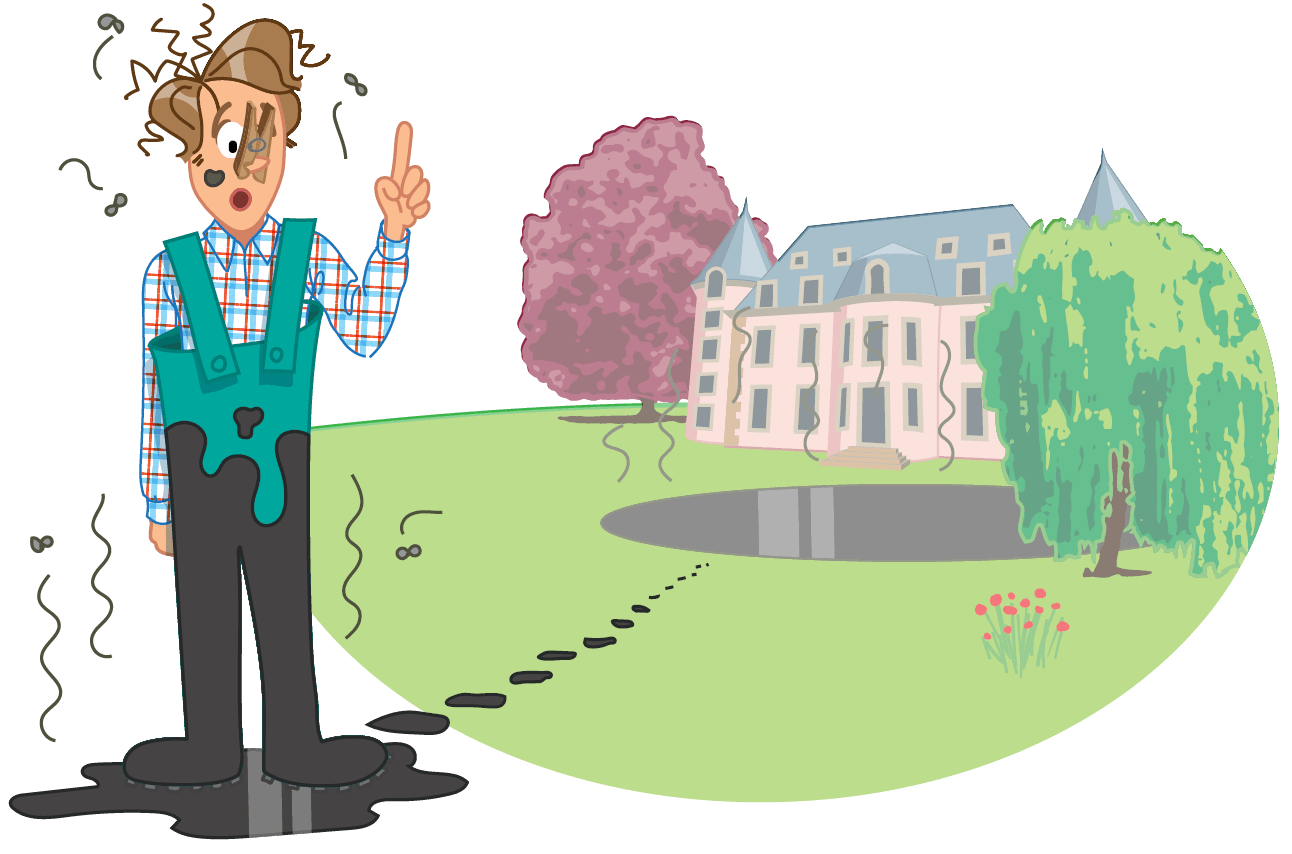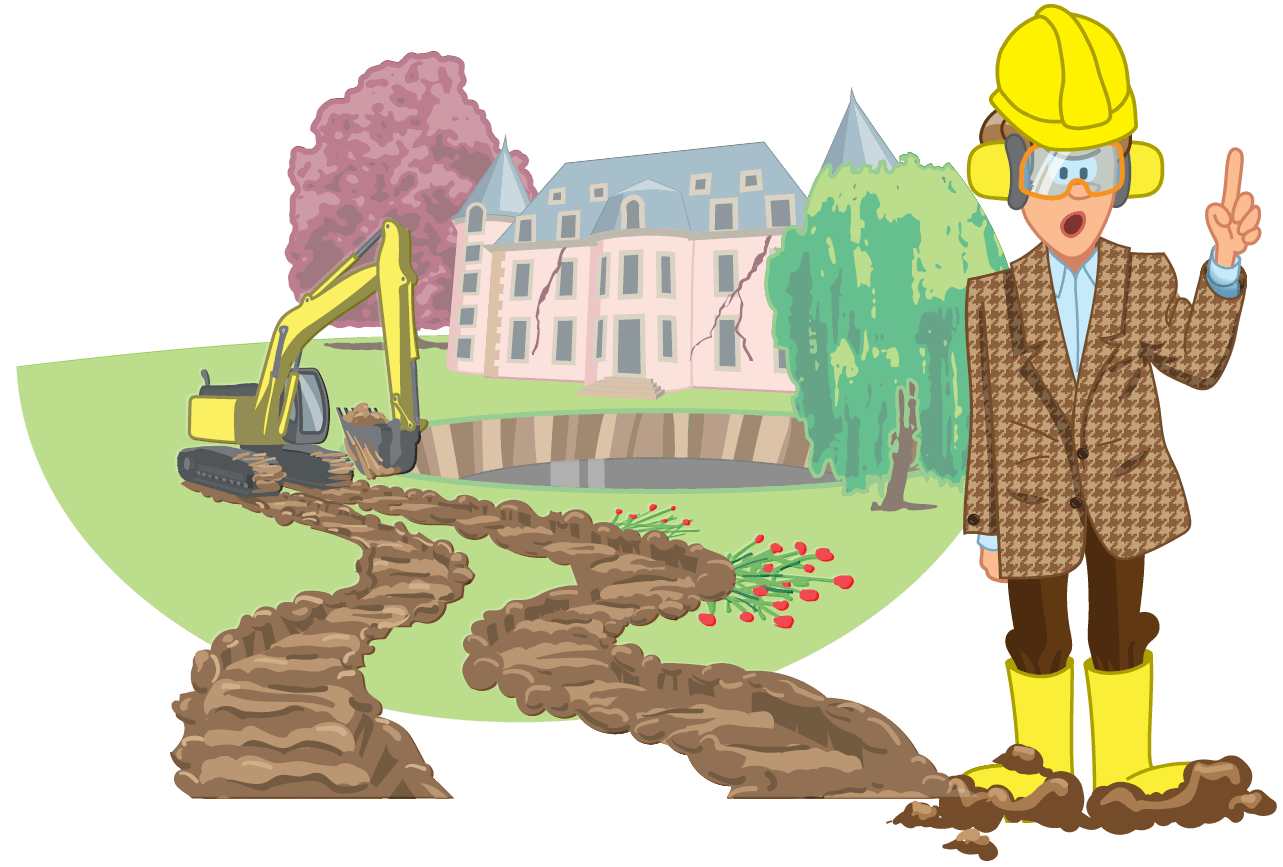Bio-dredging by the degradation of organic matter in water and mud for rivers, canals, lakes, lagoons and harbours.
Operating principle
BIO-VASE
Micro-organisms
Biofixation
Porous mineral support
Enzymes et oligo-elements
In-situ degradation of sludge and organic sediments
- 80% reduction of the organic part of sediments.
- Increased water height and consequent increased naviguability.
- Reduction of the presence of rats and insects.
Improvement of biological, phisical and chemical quality of water
- Reduction of water turbidity.
- Increased concentration of dissolved oxygen and reduction of eutrophication events.
- Biological technology with no negative impact on fauna and flora.
- Supports biodiversity.
Elimination of H2S production
- Elimination of odours.
DCO, SS, REDOX
- Increased dissolved O2 and SS reduction.
Possibility of treatment of every organic contaminant
- Halogenates, surfactants, phenols, petroleum derivatives, PCBs, organic sulfur, organic nitrogen, fats, hydrocarbons, dioxins, cyanides, cresols, chloro-phenols, cellulose.
Methodology
Visit, survey and preparatory analysis
A preparatory visit is carried out including:
1. A first survey to obtain average heights of sediment and water.
2. An assessment of the physico-chemical quality of water and sediment (MES, COD, REDOX, O²).
3. The identification of the different sampling points.
The goals pursued through this first visit are:
– Assess the relevance of a biological treatment.
-Adapt the formulation of the products to the specific pollution present.
-Implement treatment objectives (commitment to a result).
If necessary, samples are taken to allow biochemical analyses of water and sediment.
Application
Spreading is done manually from the banks and/or a boat. The products are dispersed homogeneously over the entire water surface, so that 150 g/m² is spread.
2 to 3 treatments spaced each 6 months apart are usually necessary.
Particular attention is paid to respect for the surroundings of the site to be treated and to the safety of personnel during spreading.
Bathymetries
A limnimetric scale is placed or a fixed benchmark is chosen to determine the reference water level during treatment.
To obtain an accurate topography of the water body including water and sediment volumes, 100 measurements per hectare are made. An accurate reading of water and sediment levels is taken before treatment, then 6, 12 and 18 months after the first treatment, in accordance with the 100 points pre-established during the initial control.
Water clarity is measured using a Secchi disc and odours are assessed on site. The REDOX and O² values are measured using calibrated probes.
Reports
Four complete reports are given to the client according to the established schedule: before the treatment and then 4, 8 and 12 months after the beginning of the treatment.
The reports are transmitted within 20 days from each bathymetry. They include bathymetry tables, analysis tables (if applicable), comments and conclusions.
All readings, measurements and analyses are carried out in the presence of a customer representative.
An odour and / or silting problem in your water bodies?


Risk of damage to buildings, shorelines, lawns, the park….
Idrabel offers a risk-free sustainable alternative, a bio-dredging and a complete biological depollution of your water body, so that it naturally regains its original state.

Would you like more information about this product?
Discover our detailed product brochure and our BIO-VASE references
